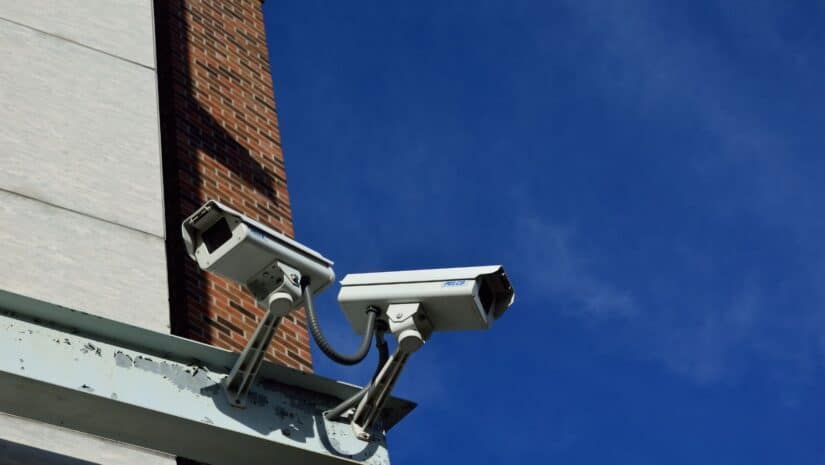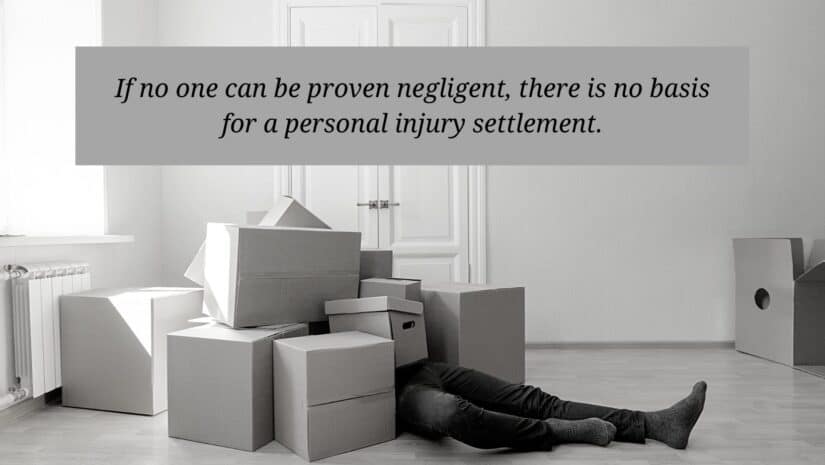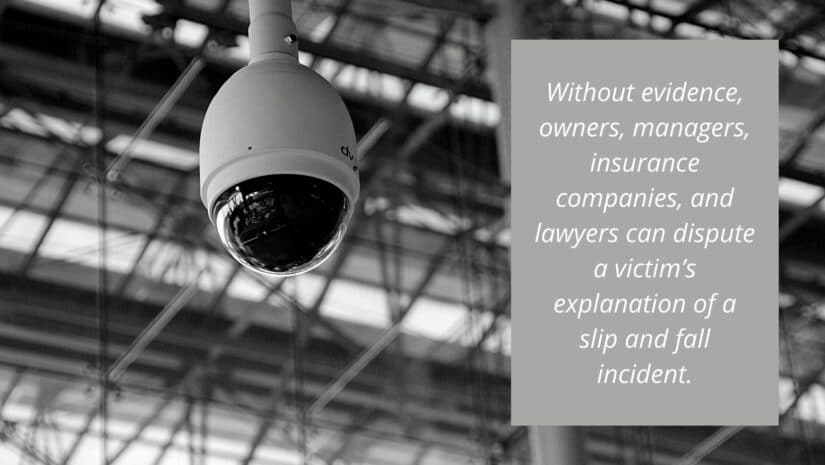Slip and Fall Video Evidence: How Do You Get It and Will It Help?

Slip and fall accidents in public places are common. If an incident happened because of someone’s negligence, the victim is owed compensation for their injuries.
But first, negligence must be proven, and the burden of that proof is the responsibility of the injured party. Video evidence of a slip and fall can be helpful in backing up the victim’s account of what happened… but businesses are not obligated to hand over videos to anyone who asks for them. And sometimes slip and fall video footage does not provide the open-and-shut case that a plaintiff thinks it will. It is best to contact a personal injury attorney like Hipskind & McAninch as soon as possible after a slip and fall, especially if video evidence exists. They know the proper procedures to compel a business to preserve the relevant footage and to get it admitted as evidence in the case.
Evidence Can Determine the Winner in a Slip and Fall Case
Plaintiffs in a personal injury case must provide evidence of the extent of their injuries, and prove that they sustained those injuries when, where, and how they claim they did.
The evidence in a slip and fall case must also show that an employee, manager, or owner knew (or should have known) there was a hazard and yet failed to remove it or warn patrons of the danger. If no one can be proven negligent, there is no basis for a personal injury settlement.

A video of the incident, as well as footage of what led up to it and what followed it, can be very compelling evidence. Assuming the video is of good quality and captures the proper angle, an insurance company or a jury in a trial will be able to see exactly what happened. Witness testimonies and photos from the scene are important, too. Winning the case and receiving full compensation depends on how convincing all of the evidence is in proving the victim’s version of events.
Handing Over Slip and Fall Video Evidence
Video evidence can come from a few different sources. The business itself might have surveillance cameras inside or outside that capture the incident. In the case of a slip and fall in the parking lot or sidewalk outside, cameras from nearby establishments, or a neighbor’s doorbell camera, might show what happened. Bystanders or even victims themselves might happen to be recording video on their mobile phones. Or, a driver might have dash-cam video of the victim slipping and falling.
A victim can ask witnesses for any video footage they might have. A business, however, is unlikely to voluntarily hand over video to the victim if they ask. This often has little to do with the fact that an injured person could file an insurance claim or a lawsuit. In many cases, there are corporate rules in place that instruct employees and managers on how to handle such requests. Large companies like Walmart or a mall, for example, have legal departments and corporate attorneys who will handle the matter.
When a victim contacts an attorney after a slip and fall, they can start the ball rolling to get the tape of the incident. First, they will send a spoliation letter. This letter officially advises the business owner that there is a personal injury claim underway. It demands that they do not destroy, hide, or tamper with any relevant evidence, including video footage. The letter requests that they turn the video over to the attorney so it can be documented as evidence. If they do not comply, the attorney’s next step would be to get a subpoena.
There is no law that dictates how long a business must keep video of their premises. Many establishments have their surveillance system on a digital loop, essentially deleting and re-recording footage at regular intervals, for example daily or weekly. This is why it is essential for an attorney to get involved as soon as possible. Valuable evidence could be lost in as little as 24 hours.
What Slip and Fall Video Evidence Might Reveal
Without evidence, owners, managers, insurance companies, and lawyers can dispute a victim’s explanation of a slip and fall incident. Video evidence could be extremely useful in building a case…but it is not a magic bullet. Poor quality video or a blocked view of the fall might not be helpful at all. And in some cases, the video can work against a victim, appearing to show that their own behavior contributed to their injuries.

Here are some of the things that video can reveal, and how it might help or hurt a victim’s slip and fall case:
Hazards. Spilled liquid on the floor, a tear in the carpet, or a stack of products in an aisle can all cause someone to slip or trip. Video before and during the fall can show definite proof that these dangerous situations existed.
Cautions or warnings. Footage could clearly show a customer in a store slipping on a wet floor. But if the video also shows that there is a sign posted warning of the wet conditions, they may not have a case. The sign is proof that the business was not negligent. They knew of the problem and took appropriate action to caution customers.
Time frame. Let’s say that a customer drops a bottle of cooking oil. It breaks, causing a slick spot. Surveillance video shows various employees walking past the spill without cleaning it up. An hour later, someone slips in the oil and falls. The video is proof of the store’s negligence. If, however, the fall happens within minutes of the customer dropping the bottle, and no store employee has been by to notice it, the store’s attorneys can argue that the store is not liable as they did not know there was a problem.
Extent of injuries. Unlike a broken bone, there are many injuries that a defendant’s insurance company or attorney might question. For example, it is hard to prove that recurring headaches or tinnitus were caused by hitting one’s head or are as bad as a victim claims. Video evidence can show not only that a person slipped and fell, but also that their head hit the floor with a lot of force. It might also show that a victim lost consciousness for a moment after impact. The details of this footage can be helpful in situations where it is one person’s word against another’s.
Behavior. If video shows customers horsing around or otherwise acting inappropriately before one of them slips and falls, it could harm their case. The same goes for footage that shows a patron in an area that is clearly marked “employees only”, has been cordoned off, or otherwise restricts them. This amounts to trespassing, which will most likely prevent them from winning a personal injury claim.
Contact an Attorney About Video Evidence
Video evidence, in many cases of slip and falls, tells a clear and complete story of what happened. Sometimes, however, the situation is not as clear as one might think. And even when there is footage of an incident, victims need a professional to request it, get it admitted as evidence, and interpret it.
Contact an experienced personal injury attorney like Hipskind & McAninch. They can obtain all of the relevant evidence of a slip and fall, including video proof. With this, they can build a case that can win fair and full compensation for the injuries suffered.
Category:
Tags:
personal injury, personal injury compensation, slip and fall, slip and fall video evidence